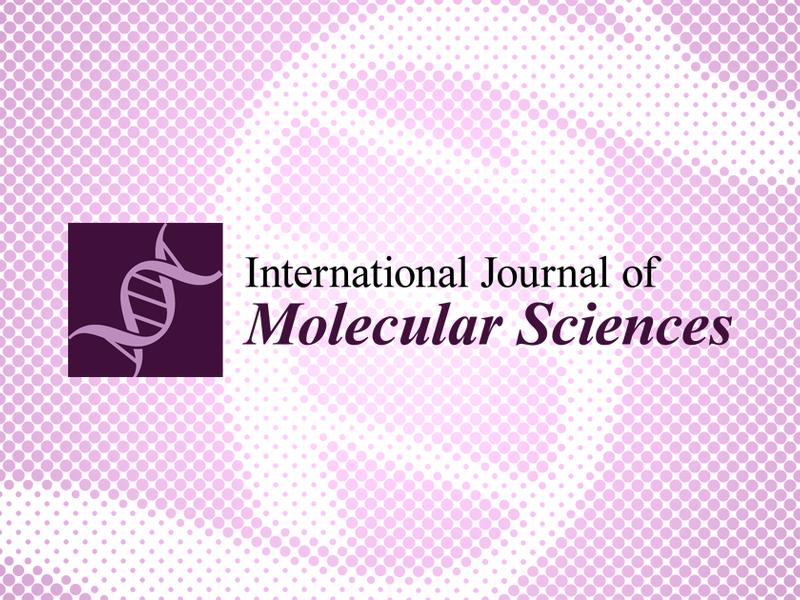This article discusses the application of machine learning for protein structure representation in bioinformatics and biocomputing. It highlights the rapid development of deep learning, which includes convolutional neural networks, recurrent neural networks, autoencoders, and generative adversarial networks, and how it has improved algorithms in bioinformatics and biocomputing. It also emphasizes the need for more powerful theoretical methods and practical tools for analyzing and extracting meaningful information from the massive and heterogeneous biological data.
Previous ArticleHow Generative Ai Can Transform Your Business
Next Article Deep Learning Models For Medical Imaging Processing

